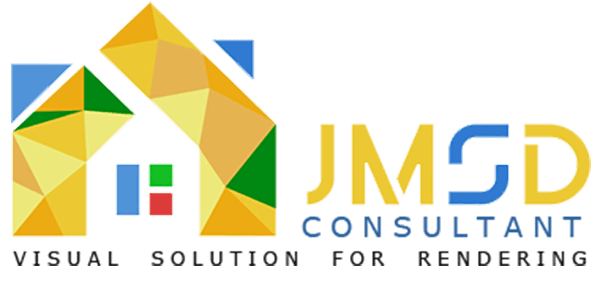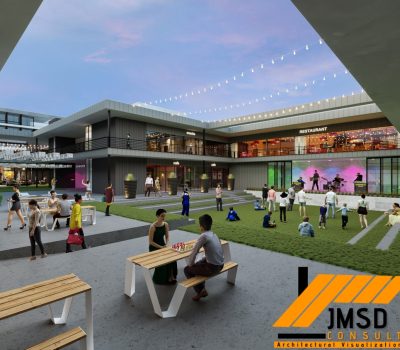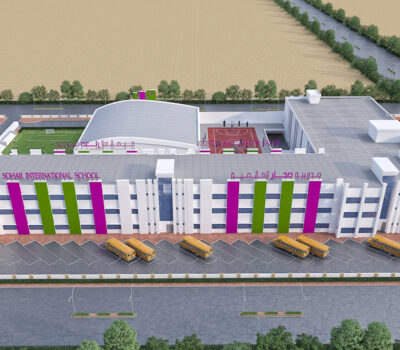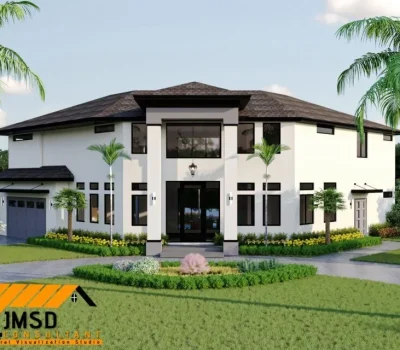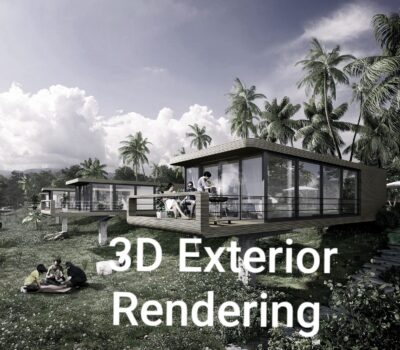In the digital age, where visual representation holds paramount importance, the concept of photorealistic rendering has emerged as a game-changer. This article delves deep into the world of photorealistic rendering, exploring its intricacies, applications, and the magic it brings to various industries.
Introduction
In a world where visual aesthetics are integral to success, photorealistic rendering has become a pivotal tool. Whether you’re an architect, a product designer, or a filmmaker, the ability to bring your ideas to life in a photorealistic manner can make all the difference. This article explores the fascinating realm of photorealistic rendering, uncovering its history, applications, and the technology behind it.
What is Photorealistic Rendering?
Photorealistic rendering is a computer graphics technique that aims to create images that closely resemble reality. It involves simulating the behavior of light, textures, and materials to generate images that are indistinguishable from photographs. This technique has found applications in various industries, revolutionizing the way we visualize and communicate ideas.
The Evolution of Photorealistic Rendering
The journey of photorealistic rendering began with simple wireframe models and has evolved into the sophisticated process we know today. Early attempts lacked the depth and realism we now take for granted. Advancements in hardware and software have played a pivotal role in this evolution.
How Photorealistic Rendering Works?
At its core, photorealistic rendering involves complex algorithms that simulate the interaction between light and objects in a virtual scene. Ray tracing, path tracing, and global illumination are some of the techniques used to achieve lifelike results. These algorithms calculate how light bounces off surfaces, creating shadows, reflections, and refractions, ultimately leading to a photorealistic image.
Tools and Software for Photorealistic Rendering
To embark on the journey of photorealistic rendering, you need the right tools. Software like Autodesk 3ds Max, Blender, and V-Ray have become the go-to choices for professionals in the field. These tools provide a wide range of features and settings to achieve the desired level of realism.
Photorealistic Rendering in Architecture
Architects use photorealistic rendering to present their designs to clients in a compelling and realistic manner. It allows stakeholders to explore a building’s interior and exterior before it’s even constructed, facilitating better decision-making and design refinement.
Photorealistic Rendering in Product Design
Architects use 3D rendering services to present their designs to clients in a compelling and realistic manner. It allows stakeholders to explore a building’s interior and exterior before it’s even constructed, facilitating better decision-making and design refinement.
Photorealistic Rendering in Entertainment
The entertainment industry has embraced photorealistic rendering with open arms. Movies, video games, and animations now boast lifelike characters and environments, blurring the line between fiction and reality.
Photorealistic Rendering in Medicine
In the field of medicine, photorealistic rendering aids in visualizing complex anatomical structures. Surgeons use 3D-rendered models for preoperative planning, improving patient outcomes and safety.
Challenges in Photorealistic Rendering
While photorealistic rendering has come a long way, challenges persist. Rendering times can be lengthy, especially for complex scenes. Additionally, achieving true photorealism requires a deep understanding of lighting, materials, and camera settings.
Future Trends in Photorealistic Rendering
As technology continues to advance, photorealistic rendering is poised for even greater heights. Real-time rendering, AI-driven enhancements, and increased accessibility are some of the trends on the horizon.
Advantages of Photorealistic Rendering
The advantages of photorealistic rendering are aplenty. It enhances communication, reduces the need for physical prototypes, and allows for experimentation in a risk-free virtual environment.
Disadvantages of Photorealistic Rendering
Despite its benefits, photorealistic rendering has its drawbacks. It demands substantial computational power, software expertise, and can be time-consuming.
Conclusion
In a world where visual storytelling reigns supreme, photorealistic rendering is the bridge between imagination and reality. Its applications are vast and continue to grow across various industries. As technology advances, we can expect even more stunning and lifelike renderings that will captivate our senses.
In conclusion, photorealistic rendering has transformed industries and our perception of reality. It continues to push boundaries and redefine what is possible in the digital realm. Whether you’re an artist, designer, or simply someone who appreciates stunning visuals, photorealistic rendering has something to offer for everyone.
Contact us here for Photorealistic Rendering Services now!
